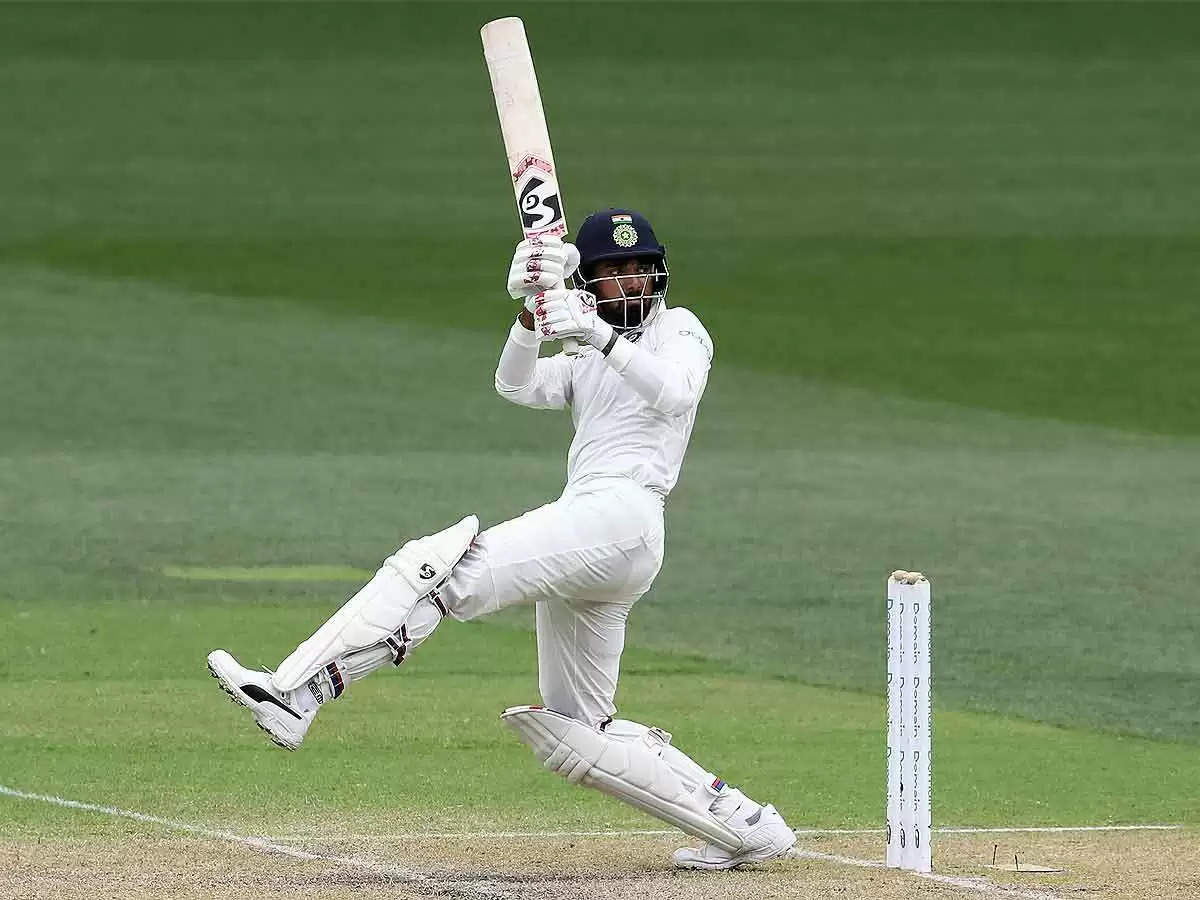ENG vs IND: India need this to not be a false dawn with KL Rahul

The only downside to the ever-classy KL Rahul finding his mojo and playing well is that you’ll have opinions full of recency bias around his performance in Nottingham. That India were unfair in dropping him and why he is so much better than those in the team who aren’t scoring runs right now.
We see the most recent act and develop a hypothesis around it. What follows is dramatization and exaggeration, either in favour or against a player. It’s important at such a point to not let emotions influence our judgements, be mindful of the bigger picture. But that is something we Indians have been seldom good at.

In his previous 15 Tests before the solid comeback at Trent Bridge, Rahul made just 578 runs at 22.23. In a phase of 27 innings spanning difficult tours to South Africa, England, Australia and the West Indies, he had only two scores past 50. One of those was his century at The Oval, while the other a fifty against new Test entrants Afghanistan. Rahul batted only a shade over 39 balls per innings in this phase and so was neither scoring enough runs nor ensuring he is making life easier for other batters in the team.
READ: Shami’s love story with England

KL Rahul averaged 22.23 over 15 Tests before he was dropped.
One other hypothesis around Rahul from that 18-month-long period before he ultimately faced the axe is that the team management didn’t give him a consistent run at one particular spot in the side. That argument holds no strength. Rahul played 15 of India’s 17 Tests in that period. Even senior pros Cheteshwar Pujara and Ajinkya Rahane played 14 each. As many as 23 of Rahul’s 27 innings came as an opening batsman, which was more than a fair enough run at the top of the order.
KL Rahul’s technical problems were evident in this period. He was out caught on 12 occasions (six of those to the wicketkeeper) and even more worryingly had 14 bowled (10) or LBW (4) dismissals. The breakdown alluded to a batsman vulnerable on both edges of the bat. As it happens in Test cricket, technical failings led to psychological infirmity and Rahul’s game looked all over the place on that 2019 West Indies trip before he was rightfully sidelined.
KL Rahul, The Back-Up Back-Up Opener, Who Saved India
Reaching near a transition phase, India need a resurgent KL Rahul
The selectors have an important job at their hands to ensure that the health of the team stays intact. Dropping out of form players and giving deserving replacements a nod is part of the process aimed towards that one goal. It’s a completely rational exercise based on solid reasoning and cricketing instinct, which partly involves identifying talent that is clearly too good for domestic cricket and needs to be backed for that much longer through a rut.
KL Rahul has been a beneficiary of both of those aspects of selection. He got a break when he clearly needed one but so undoubted is his talent that he was bound to return, get more chances than a domestic player who could be scoring truckloads in the Ranji Trophy but is not the answer to the Indian team’s needs. That’s not unfair. Just a hard fact. For priority in selection is the welfare of the Indian team, not to throw away India caps.
Even if as a backup to a backup opening batsman who could potentially fill in as a middle-order candidate and also keep wickets, India kept KL Rahul in the mix and it was perfectly justified on the selectors’ part, no matter how you or me felt from outside.
Once they had backed their eye for talent, the decision-makers would’ve hoped to be vindicated and now it was up for Rahul to give them adequate returns. They would be delighted then by what they saw over two innings in Trent Bridge. With a more side-on stance and balanced backlift that aids a better downswing and provides more cover for both the inswing and the outswing, Rahul looked in more control and made better judgement at the crease through his knocks of 84 and 26. He had his fair share of fortune – which you need in ‘English conditions’ – but what should be more in focus is how correctly and confidently he shaped up to play Anderson and Broad.
But a head start doesn’t suffice. What India need is for Rahul to produce the level of consistency that a player of his talent and class should always have. And that, not just for this series but for a sustained period, like a proper revival and not another phase that leaves you frustrated, wanting more.
That is especially pertinent now as India reach near a phase of transition again with their Test match batting. As sad as it is, with each failure of theirs, Pujara and Rahane are undeniably reaching a point where they may no longer be indispensable to the side.
Also Read – SJN Hearings: Paul Adams The Latest To Accuse South Africa Head Coach Mark Boucher And Teammates Of Racial Discrimination
If that does happen, it is people like Rahul that India would be looking at with hope to provide them solidity – be it as an opener or in the middle-order – amidst a period of uncertainty, where players like Shubman Gill would need support, role clarity and some breathing space from their more experienced partners. The potential absence of Pujara, especially, could have a telling impact on the consistency of a Rishabh Pant until say a Hanuma Vihari fills that void.
While it is imminent that Virat Kohli will get back to playing like Virat Kohli, India need and desperately so, for this to not be a false dawn with KL Rahul.

